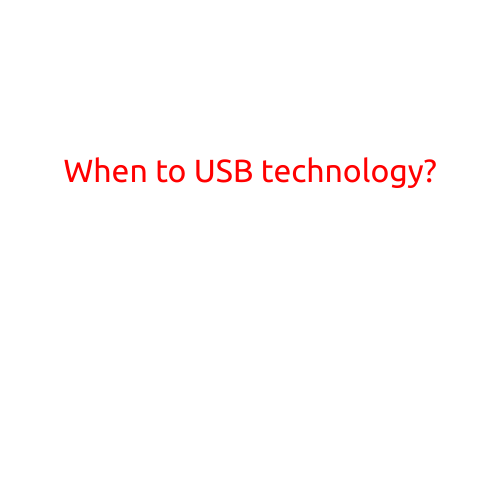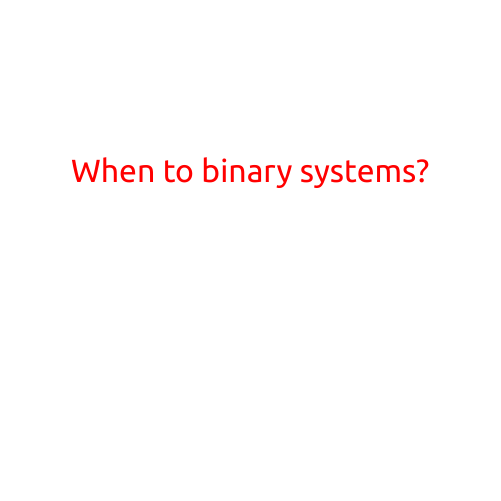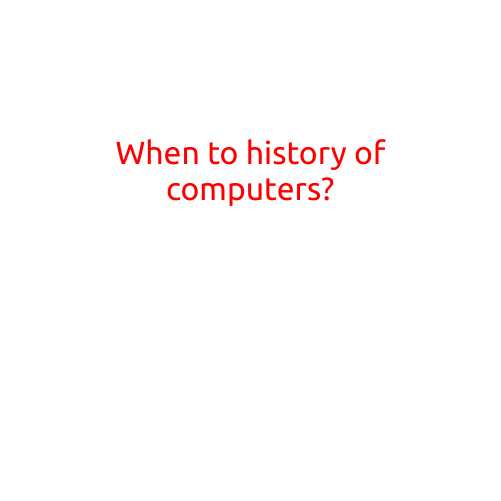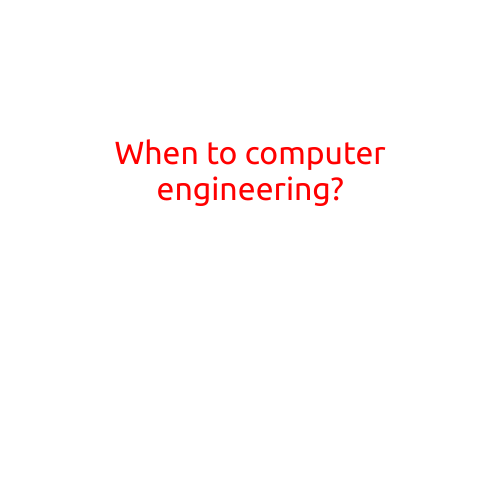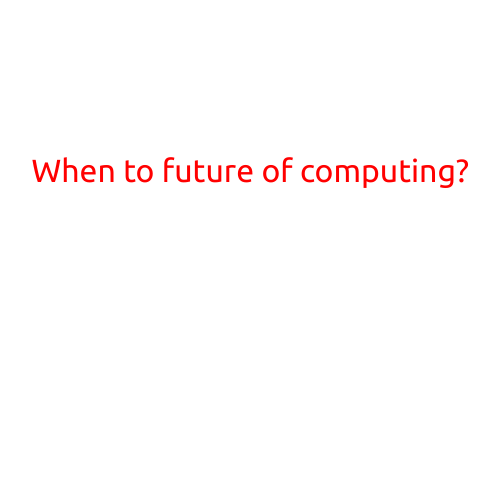
When to Expect the Future of Computing?
The rapid pace of technological advancements has left many of us wondering when the future of computing will finally arrive. From the dawn of the internet to the rise of artificial intelligence, computing has undergone significant transformations over the decades. With the speed of innovation accelerating exponentially, it’s natural to ask: what’s next?
The Future of Computing: A Brief Overview
To better understand the trajectory of computing’s future, let’s take a step back and examine the major milestones achieved so far:
- Mainframe Era (1950s-1980s): The first computers were massive, room-sized machines used primarily for scientific calculations and business applications.
- Personal Computing Era (1980s-2000s): The introduction of the IBM PC and Apple Macintosh revolutionized personal computing, making computers accessible to the masses.
- Internet and Web Era (1990s-2010s): The widespread adoption of the internet and the development of web-based technologies transformed the way we access and interact with information.
- Cloud Computing Era (2000s-present): Cloud computing has enabled on-demand access to computing resources, reducing the need for local hardware and software maintenance.
- Artificial Intelligence and Machine Learning Era (2010s-present): AI and ML have become integral aspects of computing, driving automation, decision-making, and natural language processing.
What’s in Store for the Future of Computing?
As we gaze into the crystal ball, several trends are likely to shape the future of computing:
- Quantum Computing: The advent of quantum computers promises to solve complex problems that are currently unsolvable by classical computers, leading to breakthroughs in fields like medicine, finance, and cybersecurity.
- Edge Computing: As the internet of things (IoT) grows, edge computing will enable data processing and analysis at the “edge” of the network, closer to the source of the data, reducing latency and increasing efficiency.
- 5G and Beyond: The rollout of 5G networks will provide faster data speeds, lower latency, and greater connectivity, paving the way for widespread adoption of AI, AR, and VR.
- Autonomous Systems: Self-driving cars, drones, and robots will increasingly rely on advanced computing capabilities, including AI, sensor data processing, and real-time analytics.
- Neuromorphic Computing: Inspired by the human brain, neuromorphic computing aims to mimic neural networks, enabling more efficient and adaptive processing, and potentially changing the face of computing forever.
Timeline for the Future of Computing?
While it’s difficult to predict exact timelines, the following milestones may serve as rough estimates:
- 2025: Quantum computing begins to transition from laboratory experiments to commercial applications.
- 2030: Edge computing becomes mainstream, with widespread adoption in industries such as manufacturing, healthcare, and logistics.
- 2040: Autonomous systems are fully integrated into various aspects of daily life, including transportation, healthcare, and education.
- 2050: Neuromorphic computing achieves significant breakthroughs, leading to the development of more efficient and adaptive computing systems.
Conclusion
The future of computing is bright, but its arrival is not immediate. With the rapid pace of technological advancements, it’s crucial to stay informed about the latest developments and trends shaping the industry. As the world becomes increasingly interconnected, we can expect computing to continue transforming the way we live, work, and interact with each other. The question is no longer “When will the future of computing arrive?” but “How will we harness its power to create a better tomorrow?”

